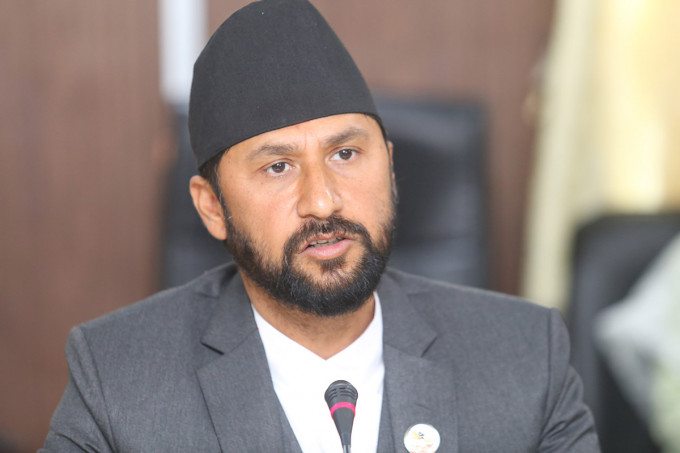Despite economic growth in recent years, Nepal faces challenges in its road to achieve sustainable development which has further been hindered by natural disasters, epidemics and continued inflation.
Disaster risk reduction is a major issue to tackle when executing developmental works in Nepal. Being one of the most disaster prone regions of the world, Nepal faces terrible losses of life and damage of infrastructural assets every year. The building of infrastructures and facilities that will sustain natural disasters is required in Nepal. “ Risk reduction measures should be applied before executing developmental works such as building houses, bridges or roads in Nepal,” says Disaster Risk Reduction Specialist, Jwala Pandey.
“Region specific planning for disaster reduction is suitable for Nepal as different districts of Nepal are more prone to particular natural disasters like landslides, floods or earthquakes. Besides that, regular monitoring of disaster preparedness should be executed but there is lack of developmental planning in Nepal,” she adds. With that, conservation of natural environment and resources is a must for Nepal. “Environmental Impact Assessment (EIA) should be assessed before any development project gets implemented, in the case of building roads in the hilly regions of Nepal, however this assessment lacks. Rapid developmental activities in Nepal are taking place at the cost of nature, which is not sustainable,” says environment impact assessment expert, Dr. Radindra Bhattarai. A lack of safeguarding approaches to preserve the environment led by unplanned urbanisation and lack of environmental monitoring has resulted in many big cities of Nepal becoming one of the most polluted cities of Asia. These cities are now populated by over 66 percent of Nepal’s population as compared to only 17.07 percent just 10 years ago. The mass migration of people to urban areas and unplanned developmental activities was expected to create environmental and infrastructural problems in the long run.
These problems result due to the lack of development research which is evident in Nepal. 2019 study, ‘Development Policy Process in Nepal: A Critical Analysis’ reveals the severe lack of development policy research in Nepal. In order to carry out such policy research, a timely flow of reliable data is required. However, Nepal’s National Statistical System (NSS) cannot serve this purpose fully which is hindering the research process resulting in unresearched and uninvestigated developmental works being implemented in Nepal.
Currently, the ongoing war between Ukraine and Russia has resulted in the doubling of global commodity prices in Nepal, producing high domestic inflation. And the pandemic Nepal faced a large trade imbalance despite government policies to promote local products and decrease import. Amidst this unaffordable inflation situation, home based energy sources can facilitate developmental projects in Nepal.
Experts recommend Nepal should shift to mass production of renewable energy in order to achieve sustainable development through the utilisation of its ample natural resources. This year’s country study conducted on the prospects of renewable energy in achieving sustainable development in Nepal shows how aggressive strategies to adopt clean energy, mainly solar and hydropower technology can help achieve sustainable development in Nepal.
READ ALSO:





1672397318_680.jpg)

